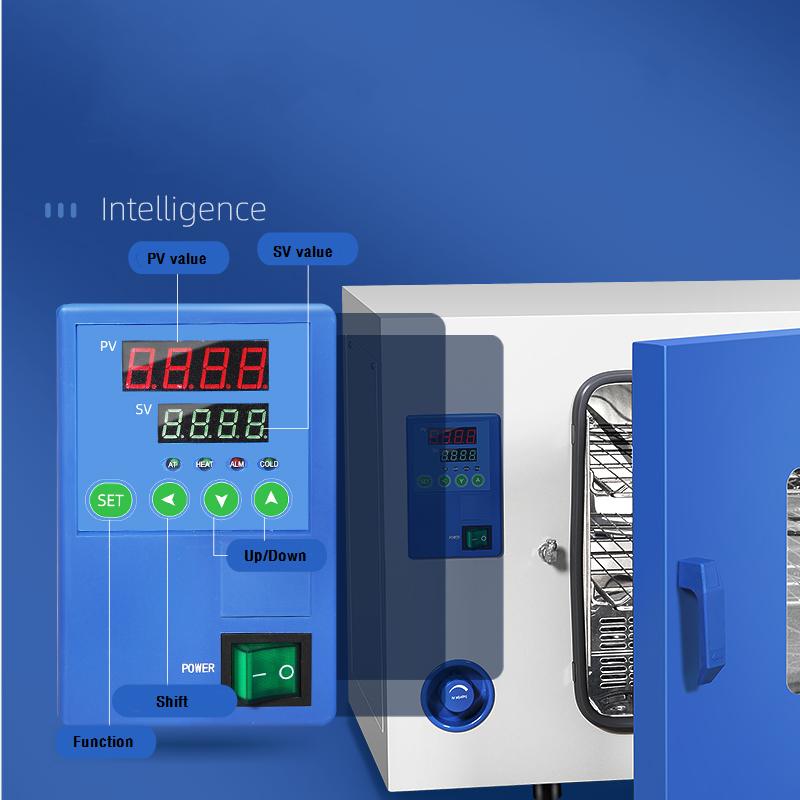
Hot air ovens, also known as forced convection ovens, are commonly used in laboratories and pharmaceuticals, the ovens provide uniform and controlled heating environment to meet specific needs. The ovens also offer a wide temperature range for baking different materials, and features programmable temperature control, digital displays, alarms, and timers to allow for precise and reliable baking cycles.
Model: TG-9123A
Capacity: 105L
Interior Dimension: 550*350*550 mm
Exterior dimension: 835*530*725 mm
Description
Hot air ovens can be utilized to dry or remove moisture from samples or materials. It typically consists of a heated chamber with racks or shelves inside for placing the samples. The temperature inside the oven can be controlled and maintained at a specific level to facilitate the drying process, these drying ovens are widely applied for drying, curing and testing products in laboratories.
Specification
|
Model |
TG-9023A |
TG-9030A |
TG-9053A |
TG-9070A |
TG-9123A |
TG-9140A |
TG-9203A |
TG-9240A |
|
Capacity |
25L |
35L |
50L |
80L |
105L |
135L |
200L |
225L |
|
Interior Dim. (W*D*H)mm |
300*300*270 |
340*325*325 |
420*350*350 |
450*400*450 |
550*350*550 |
550*450*550 |
600*550*600 |
600*500*750 |
|
Exterior Dim. (W*D*H)mm |
585*480*440 |
625*510*495 |
700*530*515 |
735*585*620 |
835*530*725 |
835*630*730 |
885*730*795 |
890*685*930 |
|
Temperature Range |
RT+10°C ~ 200°C |
|||||||
|
Temperature Fluctuation |
± 1.0°C |
|||||||
|
Temperature Resolution |
0.1°C |
|||||||
|
Temperature Uniformity |
±2.5% (test point@100°C) |
|||||||
|
Shelves |
2PCS |
|||||||
|
Timing |
0~ 9999 min |
|||||||
|
Power Supply |
AC220V 50HZ |
|||||||
|
Ambient Temperature |
+5°C~ 40°C |
|||||||
Feature
• Uniform temperature control
• Quickly heat and dry samples, able to heat samples up to 200°C
• Stainless steel sus#304 inner oven and powder-coated steel plate exterior oven, corrosion resistant
• Low energy consumption, cost saving
• PID digtal display controller brings you accurate and reliable temperature control
Structure
Hot air ovens generally consist of the following components:
• Interior Oven: Made of stainless steel SUS#304
• Insulation: Made of superfine glass wool, to minimize heat loss from the oven to the surroundings.
• Heating Element: Generating heat inside the oven.
• Circulation Fan: Circulating hot air inside the oven.
• Air Duct: The air duct is integrated with the fan and ensures that the hot air flows through the oven continuously.
• Temperature Control System: Digital LED controller and temperature detection allow users to set and maintain specific temperature levels for their applications.
During baking process, the heater heats the air, and the circulation fan circulates the hot air throughout the whole drying chamber. As the hot air circulates, it absorbs water from the products being baked. The moisture-laden air is then exhausted through the ventilation system, and the dry hot air is circulated again to continue the drying process. Repeat this cycle is until the setting temperature is achieved.
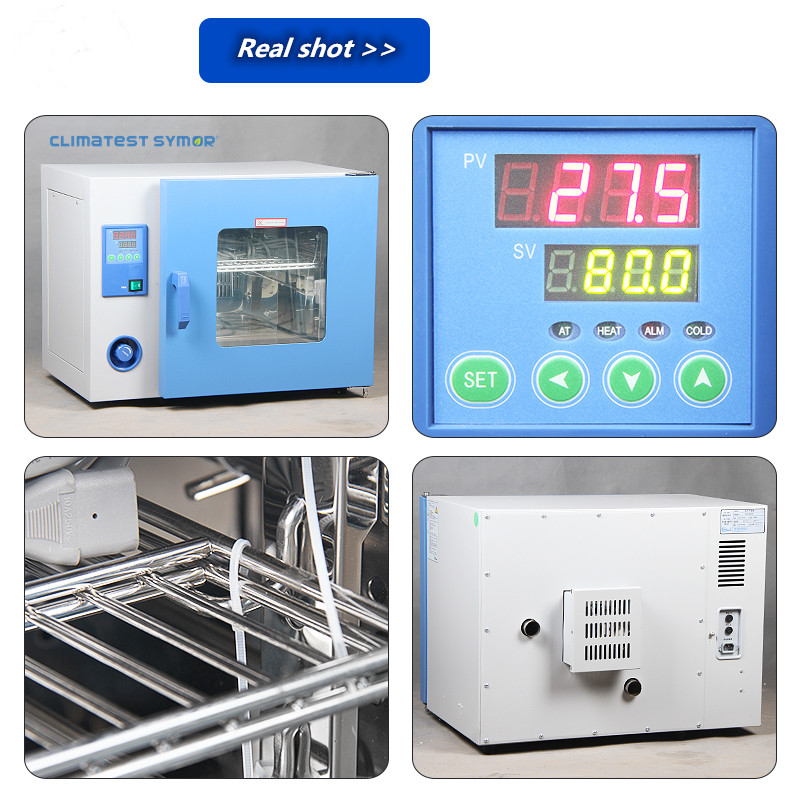
Application
Hot air ovens are used to remove moisture from electronic components during electronic manufacturing processes. Here are examples of applications:
Surface Mount Technology (SMT): During the SMT process, electronic components are placed on PCB (printed circuit board) using a pick-and-place machine. After the components are placed, the boards go through a reflow oven where the solder paste is melted to connect the components to the board. Since the components and boards may absorb moisture during the process, hot air drying ovens could remove excess water and prevent potential failures due to moisture penetration.
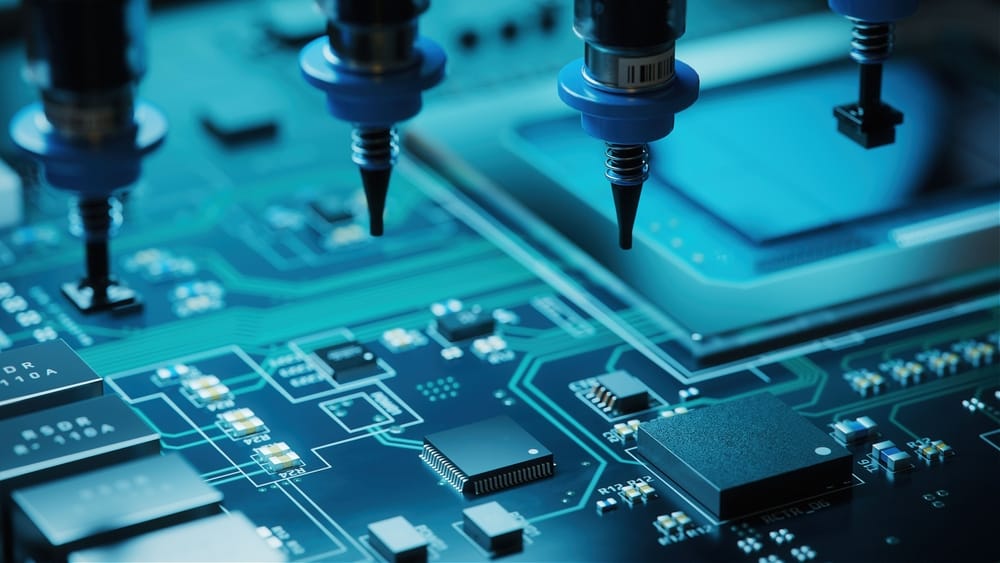
Wave Soldering: Wave soldering involves passing the bottom of the PCB over a pool of molten solder, which creates a solid joint between the PCB and electronic components. Before wave soldering, the PCB is washed with water-soluble flux to remove any oxidation from the board. The PCB is then passed through hot air drying ovens to remove remaining moisture before wave soldering, so that the oxidation does not turn into contaminants during the soldering process.
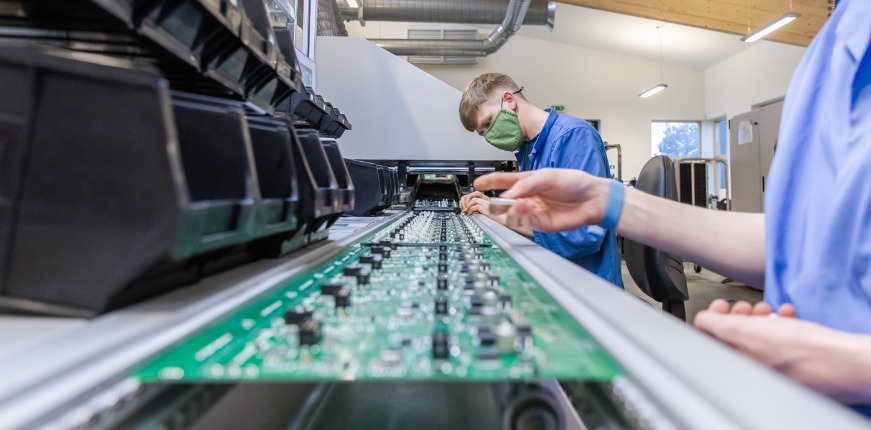
Potting and Encapsulation: To protect electronic devices from moisture, it's common practice to coat the device with a potting or encapsulation material that is waterproof. These materials usually contain a curing process that requires high temperature baking to ensure the complete curing of the material. Placing the devices into the hot air drying ovens can cure the potting or encapsulation material.
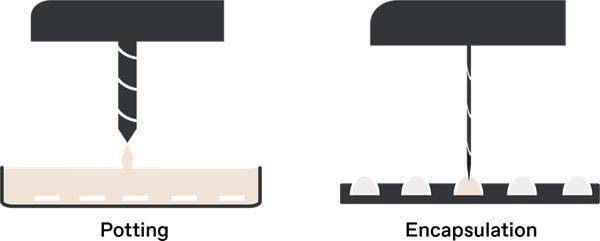
Solder Paste Application: Solder paste is commonly used to attach electronic components to PCB before reflow soldering. The paste is made of metal particles and flux which are mixed into a paste form. Since the solder paste absorbs moisture, it is critical to dry the paste before use. Hot air drying ovens remove water from the solder paste, ensuring it adheres properly and doesn't cause weak solder joints.
Excess moisture may cause electronic components to malfunction or degrade over time, ultimately rendering them useless. Hot air ovens are essential in modern electronics manufacturing industry. These baking instruments efficiently help avoid potential failures by removing moisture inside the components during the manufacturing process.
General operation steps:
Here are general steps for baking them in a hot air oven:
• Preheat the oven to the required temperature.
• Place the materials onto a shelf, make sure to keep some distance between them
• Set temperature and baking time on the digital display.
• Monitor the temperature during the baking process.
• Once the baking time is complete, the oven stops working automatically, please allow the materials to cool down before removing them.
It's important to note that some materials are sensitive to high temperature, so it's essential to follow the recommended baking temperature and time to avoid damaging them. Additionally, baked materials should be stored in a dry environment to prevent moisture from re-entering the drying process.
